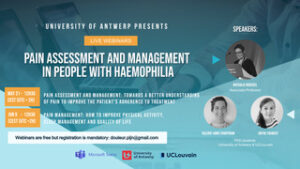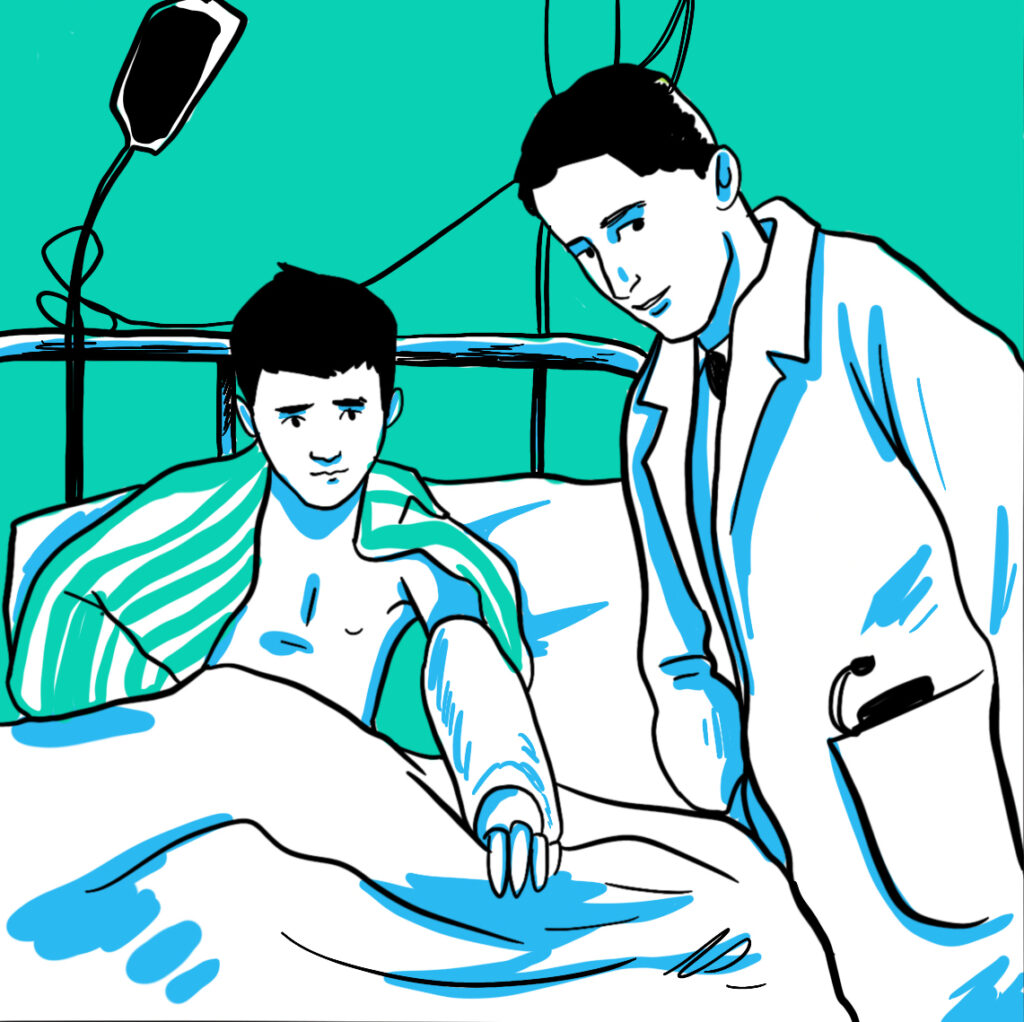What do you do about your patients’ pain?
There was a time when no-one really talked about pain and bleeding disorders. Now, no bleeding disorders conference is complete without sessions on pain. But how well do we understand it?
If you attended the recent WFH meeting, you might have seen the results of our own pain survey, conducted in the UK. We sent questionnaires to all people with a diagnosis of haemophilia attending ten participating centres in the UK. We received replies back from around 8% of the whole haemophilia population. Respondents were mainly adults (>18 years) and were generally well treated. Yet 70% of respondents reported that they had pain every day, on three or more days a week, or on at least one day a week. More than half were aware of their pain constantly or most of the time. And more than half said that in the past three months they’d had more days with pain than without it.
So, even in a well-resourced country, pain remains an issue, and possibly more of a problem than even we had realised.
Worryingly, 23% of respondents said they did not talk about their pain with their clinicians; comments offered suggested that many felt their clinicians were unable to offer the help they needed.
To help clinicians take a more proactive approach to learning about pain and its management, Professor Nathalie Roussel from the Department of Rehabilitation Sciences and Physiotherapy at the University of Antwerp is organising two webinars on the assessment and management of pain.
They will be held on Tuesday 31 May and Thursday 9 June at 12:30 (CEST) and participation is free of charge to all physiotherapists, nurses, doctors, psychologists, and others. To join, you simply need to send an email to douleur.pijn@gmail.com, and you will receive a Teams invitation. The lectures will be held in English and will be followed by a question and answer session.



